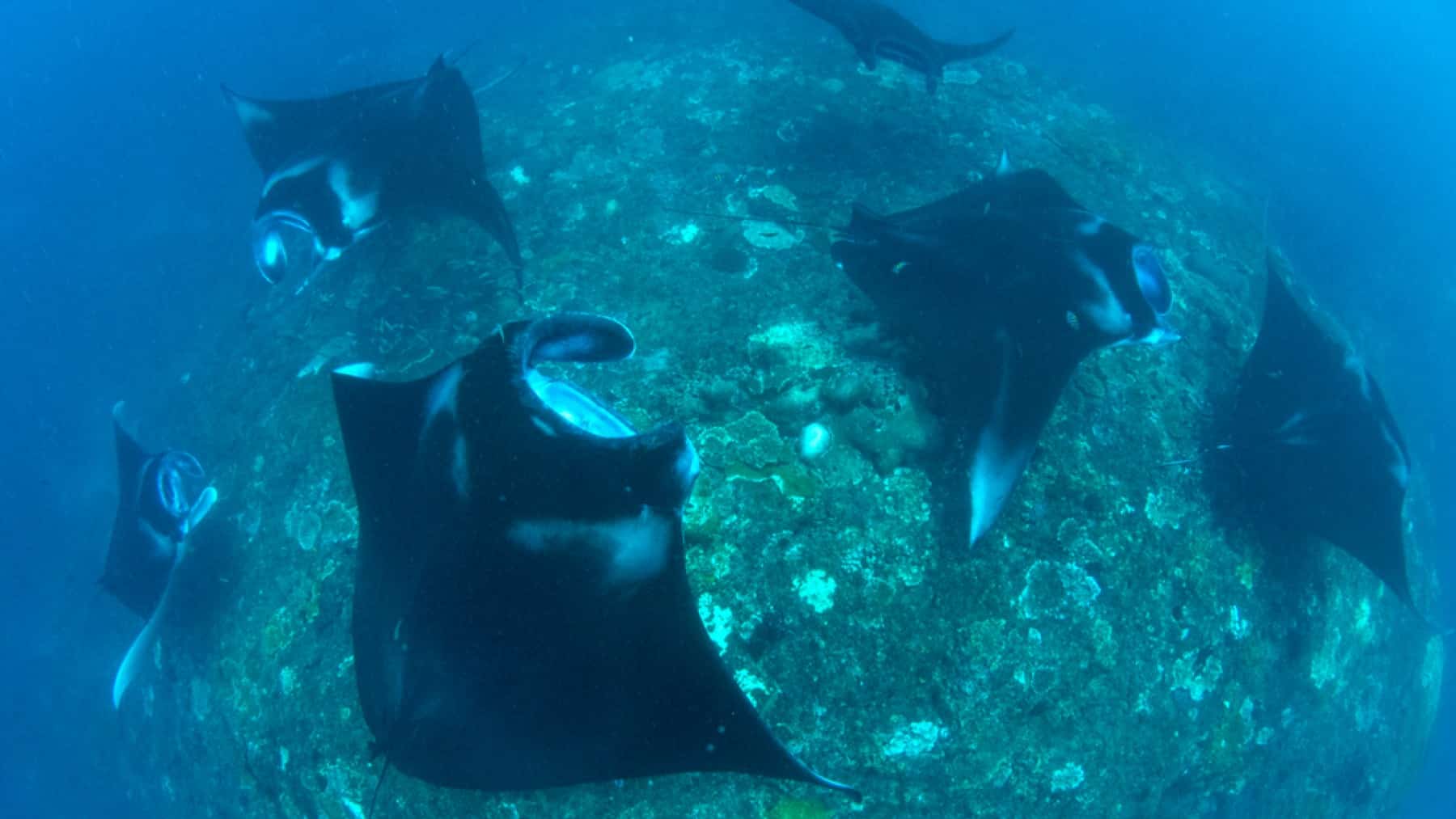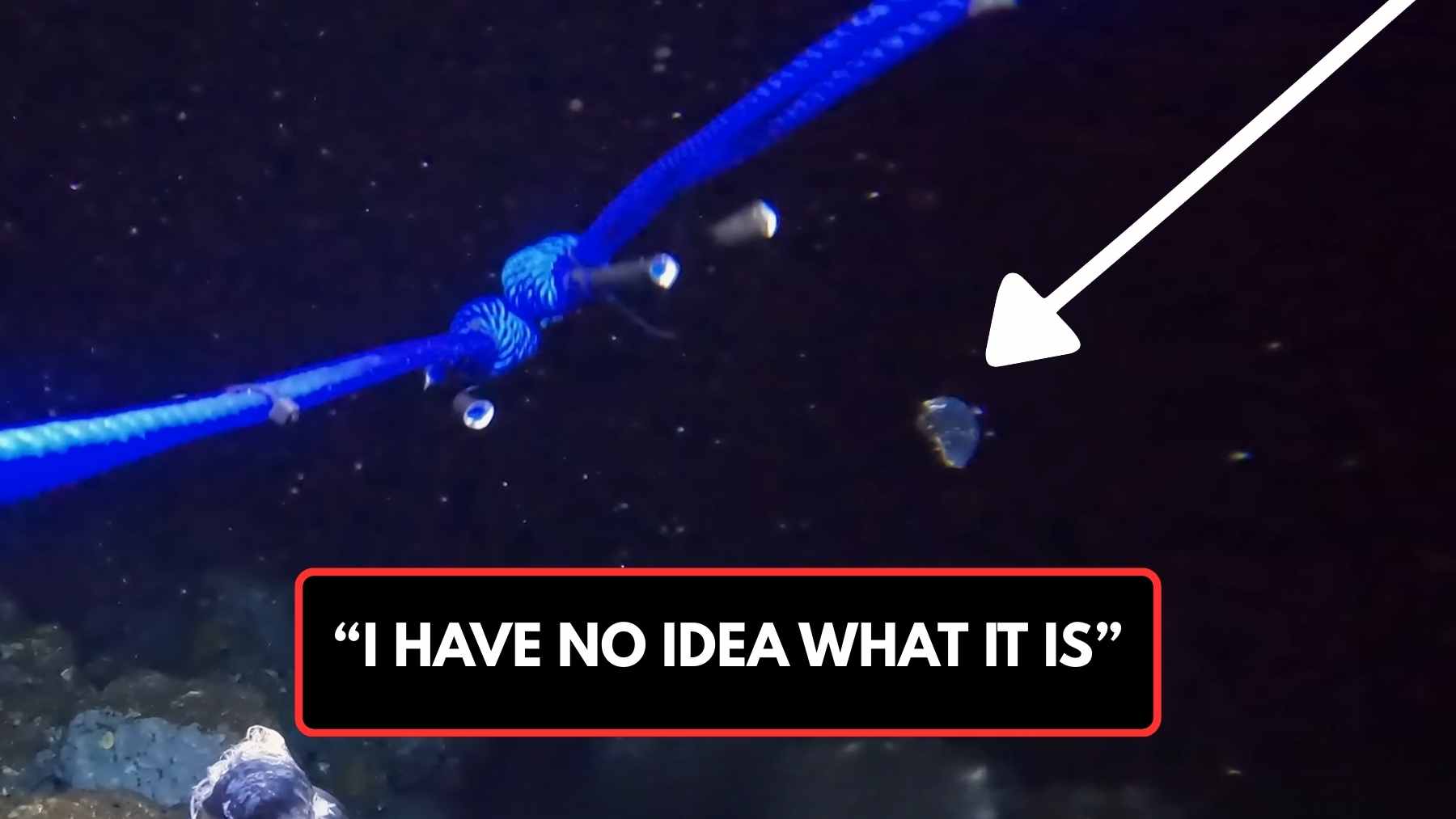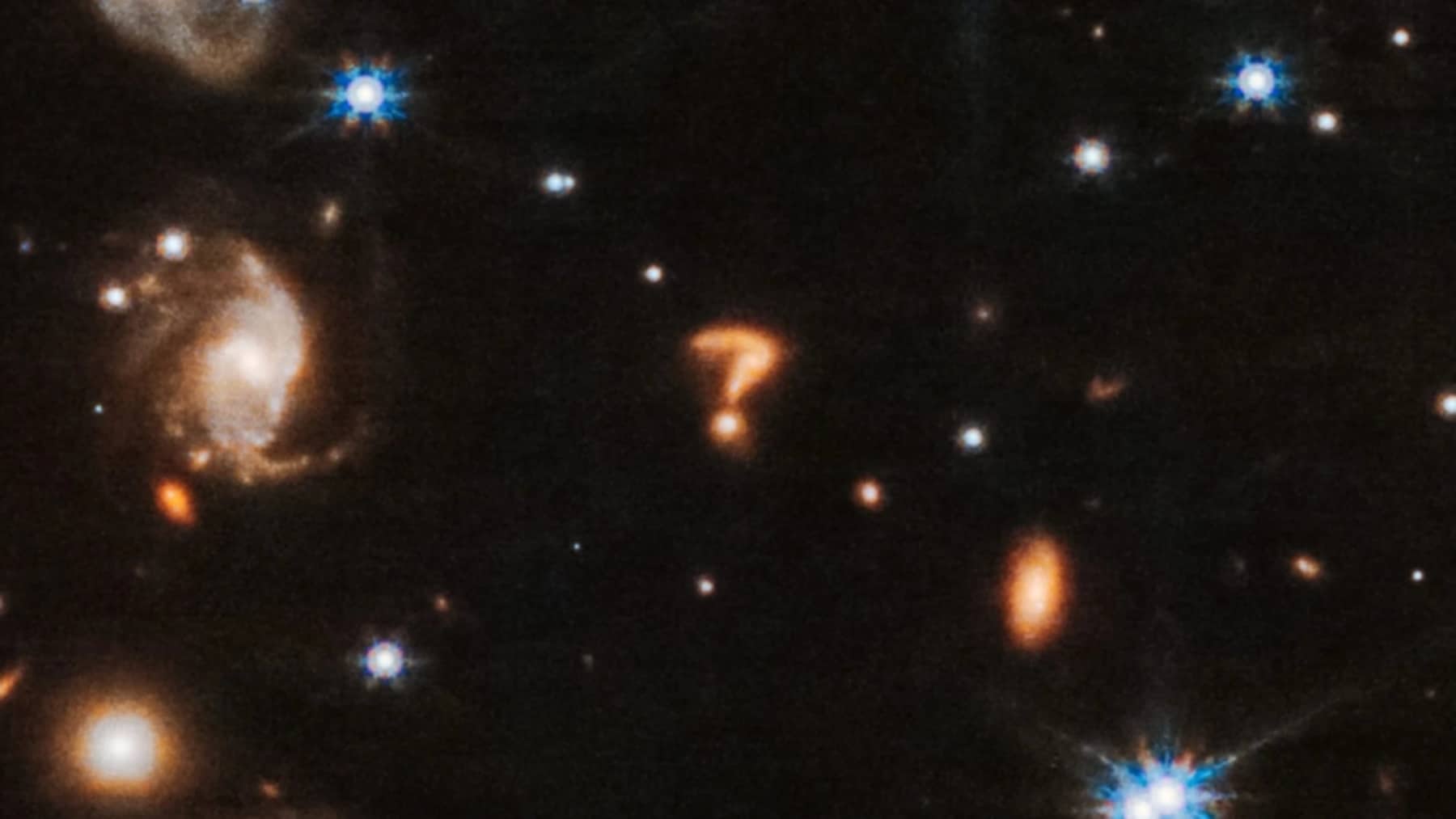Should we be able to unlock the power of many ‘generators’ generating about 20 kW each on average from under the sea, we are looking at an entirely new outlook in terms of harnessing clean energy. Looking far beneath the waves, SRI International is putting their award of $4,2 million from the U.S. Department of Energy’s Advanced Research Projects Agency-Energy for its SHARK’s program towards the development of an underwater kite system in collaboration with the University of California, Berkeley.
Understanding the Manta kite system behind clean energy generation
The collaboration has initiated the development of a kite-like system called Manta that draws inspiration not only from a kite flying in the wind but also from manta rays floating in the water. The way this system has been designed is so as to harness tidal currents as part of its Submarine Hydrokinetic And Riverine Kilo-megawatt Systems (SHARK’S) program geared towards developing environmentally friendly hydrokinetic power systems.
Where the Manta kite system differs is that it can function effectively and generate power in oceancurrents, tides, canals and rivers. As these kites move along with tidal current, it is the reel-in pumping motion of the kite that is so useful.
With this kite, continuous power can be generated and with each kite producing more or less 20 kilowatts of energy, this may very well be an ideal solution for small scale applications. The system is simple and requires minimal installation and maintenance costs making it a promising solution for remote regions too.
A design focused on being environmentally friendly
The Manta system has been designed to work well in most marine environments ensuring barely any environmental disruption. The kite is designed by utilzing a low costing polymer composite-coated foam structure so as to ensure that the design does not cause harm to wildlife.
An entirely novel SRI-designed transmission system is included in the kite’s tether. Although designed to be a much smaller structure, the overall design enables the system to handle any unexpected changes in terms of harsh tidal waves and unexpected wildlife activity. When required, a pump is what allows the kite to sink to the bottom of the ocean floor so as to prevent damage during harzardous conditions. This built-in smaller pump also ensures that the kite sinks to the bottom during wildlife migration season or when tidal waves are overwhelming.
A scalable energy agenda with the Manta kite system
As the world battles climate change, the Manta kite system that is being considered as a commercial solution offers some hope for communities that wish to rely less on fossil fuels. It could also be an ideal solution in those areas that do not take well to installations of solar infrastructure or wind turbines. This Manta kite system is relatively effortless to set up and operates in an environmentally friendly way ensuring that it is a scalable solution to be embraced by all including remote rural communities. With America’s best known river surprising scientists with sought out energy at the bottom, this Manta kite system could surely come in handy in America and throughout the globe.
Commercial viability and the future of the Manta kite system
Drawing inspiration from manta rays floating effortlessly underwater, this Manta kite system can be used in places like Alaska too that have already been seen as an energy source. When working to harness power, the Manta system does not interfere with the natural habitat in water systems at all.
The SRI International team is still hard at work looking at how Manta’s technology can be used when overcoming the various challenges that still persists and the team is getting other stakeholders involved to ensure that disruption (even to fishing and boating) is kept to a bare minimum. Perhaps the Manta kite system has forced us to look at hydrokinetic energy as the solution required during these times of global energy dependence.
Disclaimer: Our coverage of events affecting companies is purely informative and descriptive. Under no circumstances does it seek to promote an opinion or create a trend, nor can it be taken as investment advice or a recommendation of any kind.














